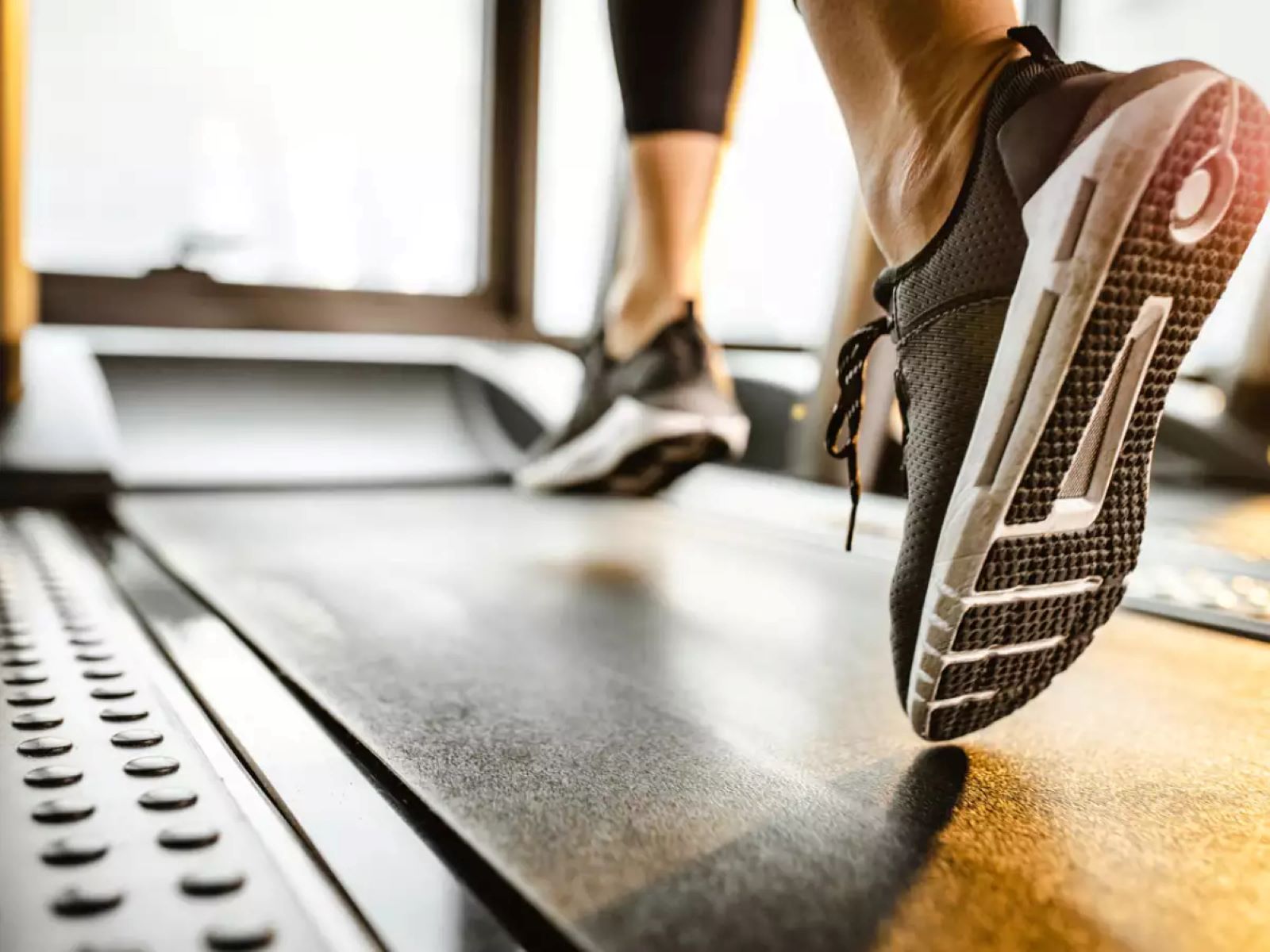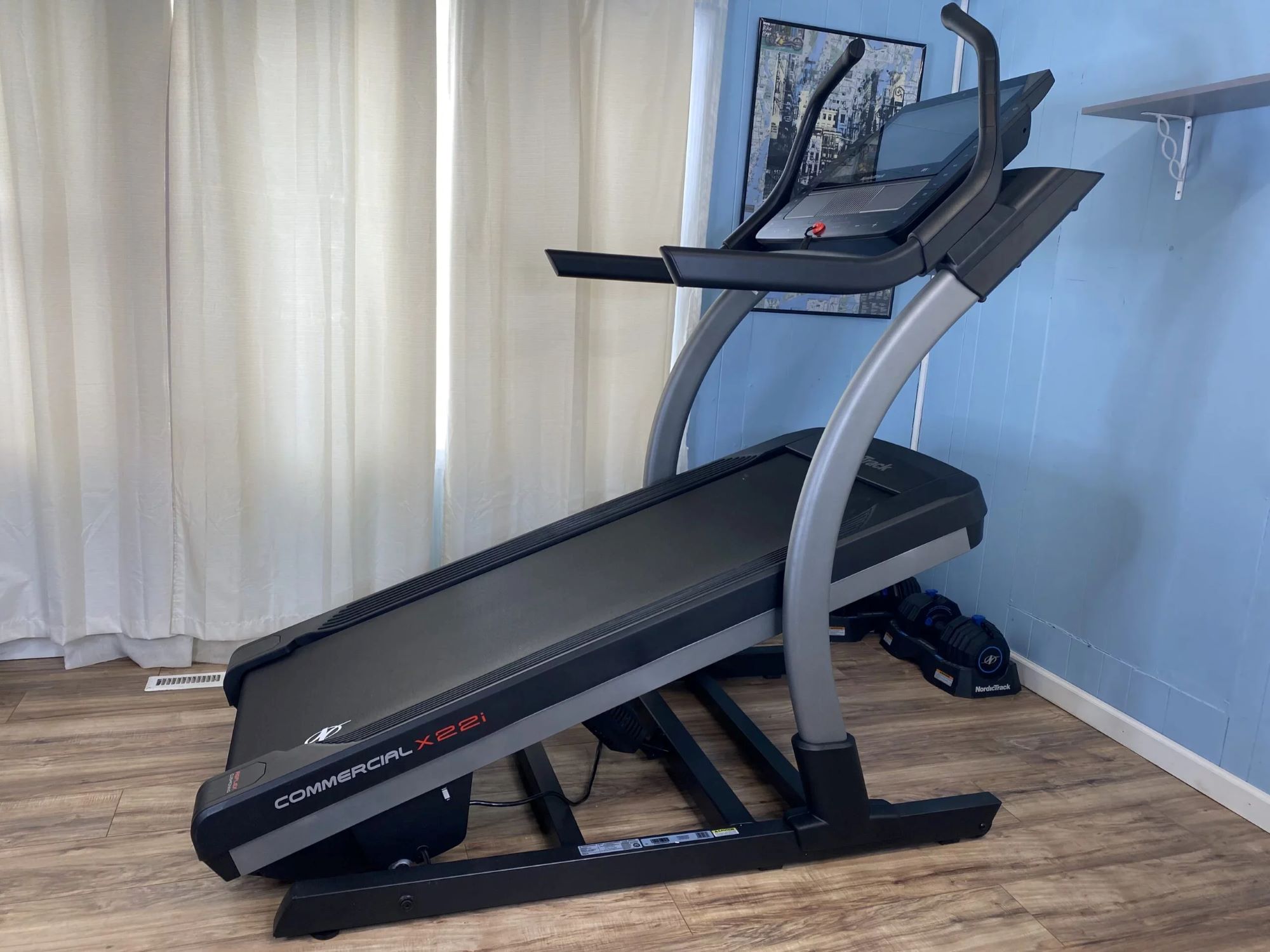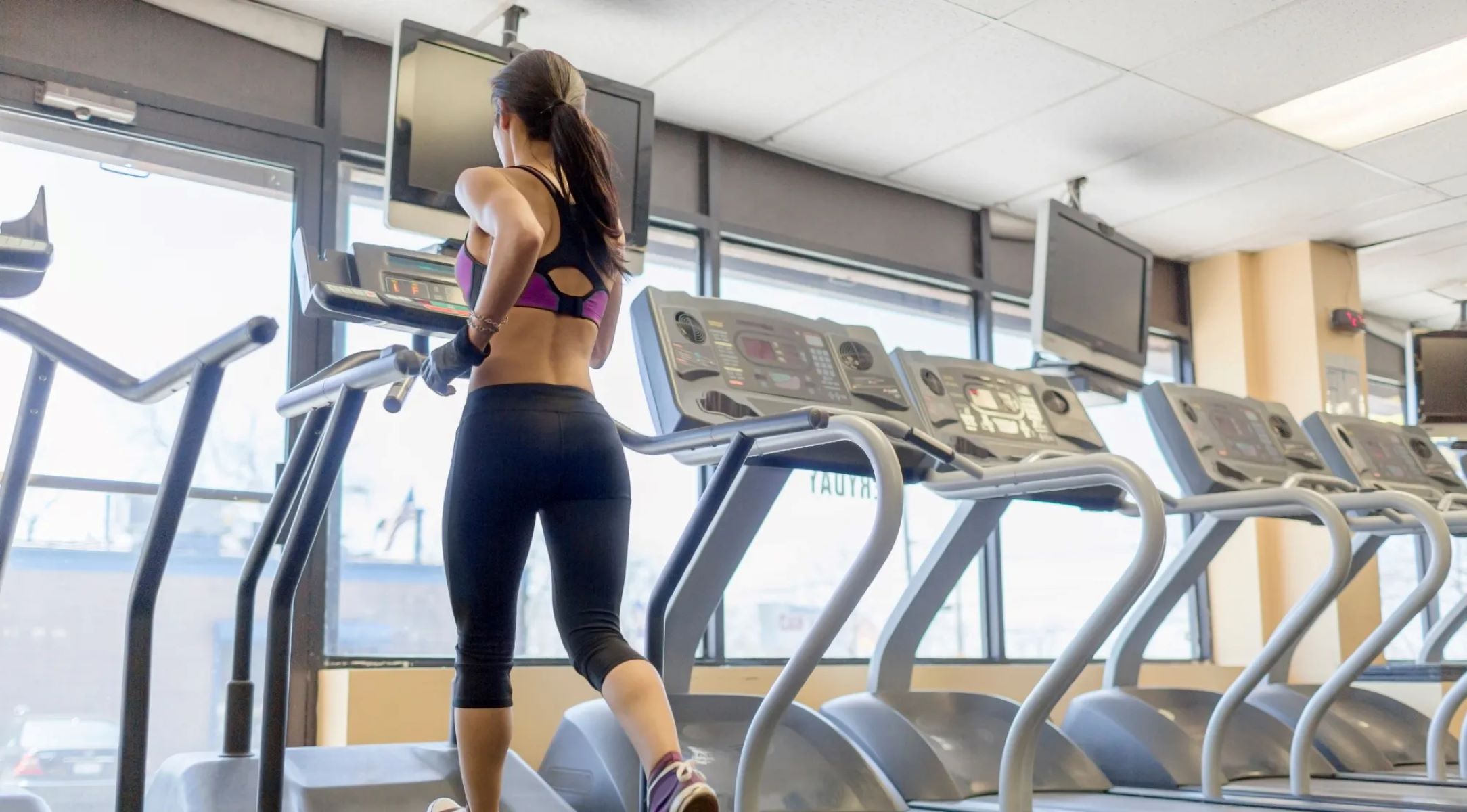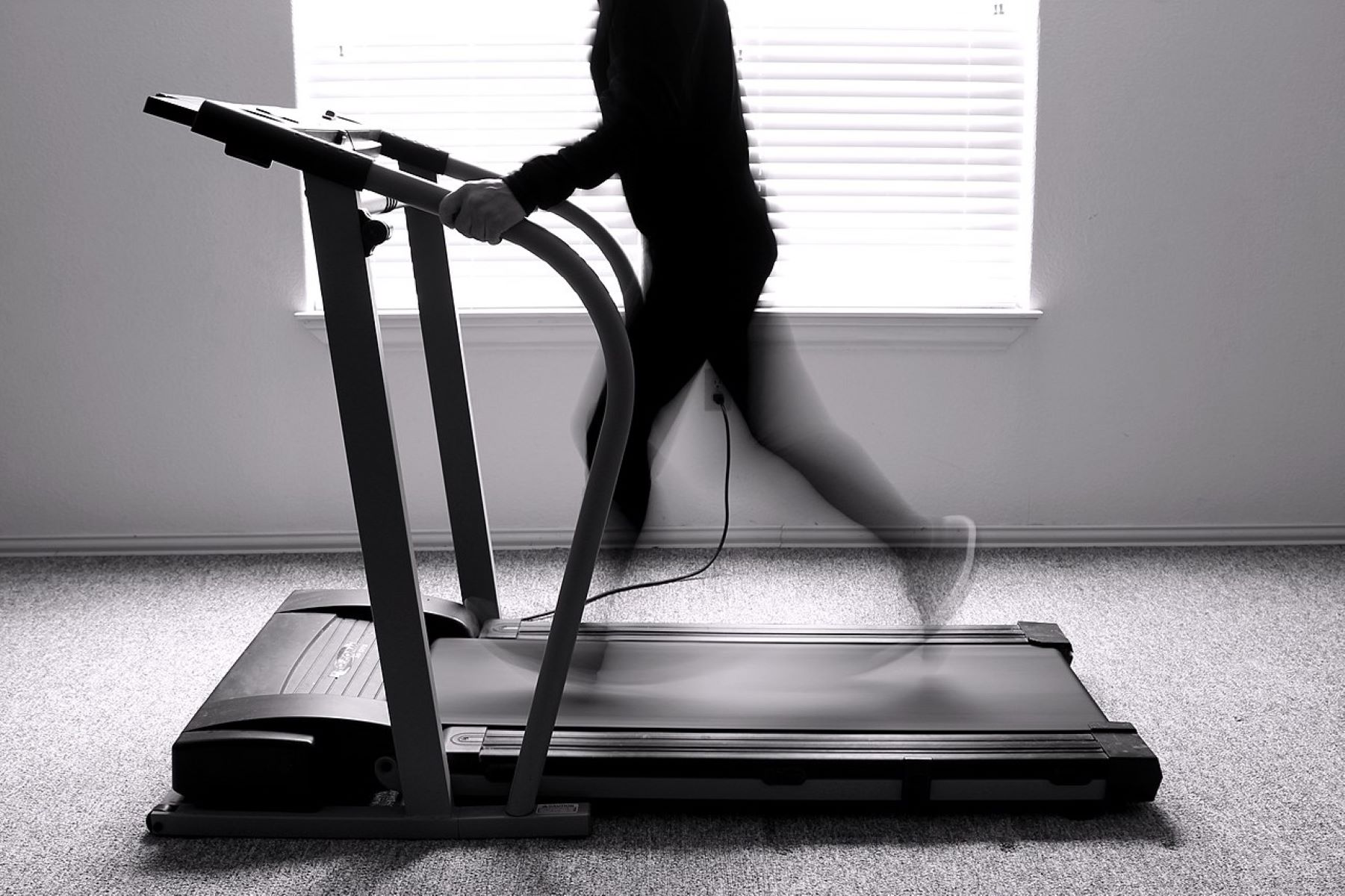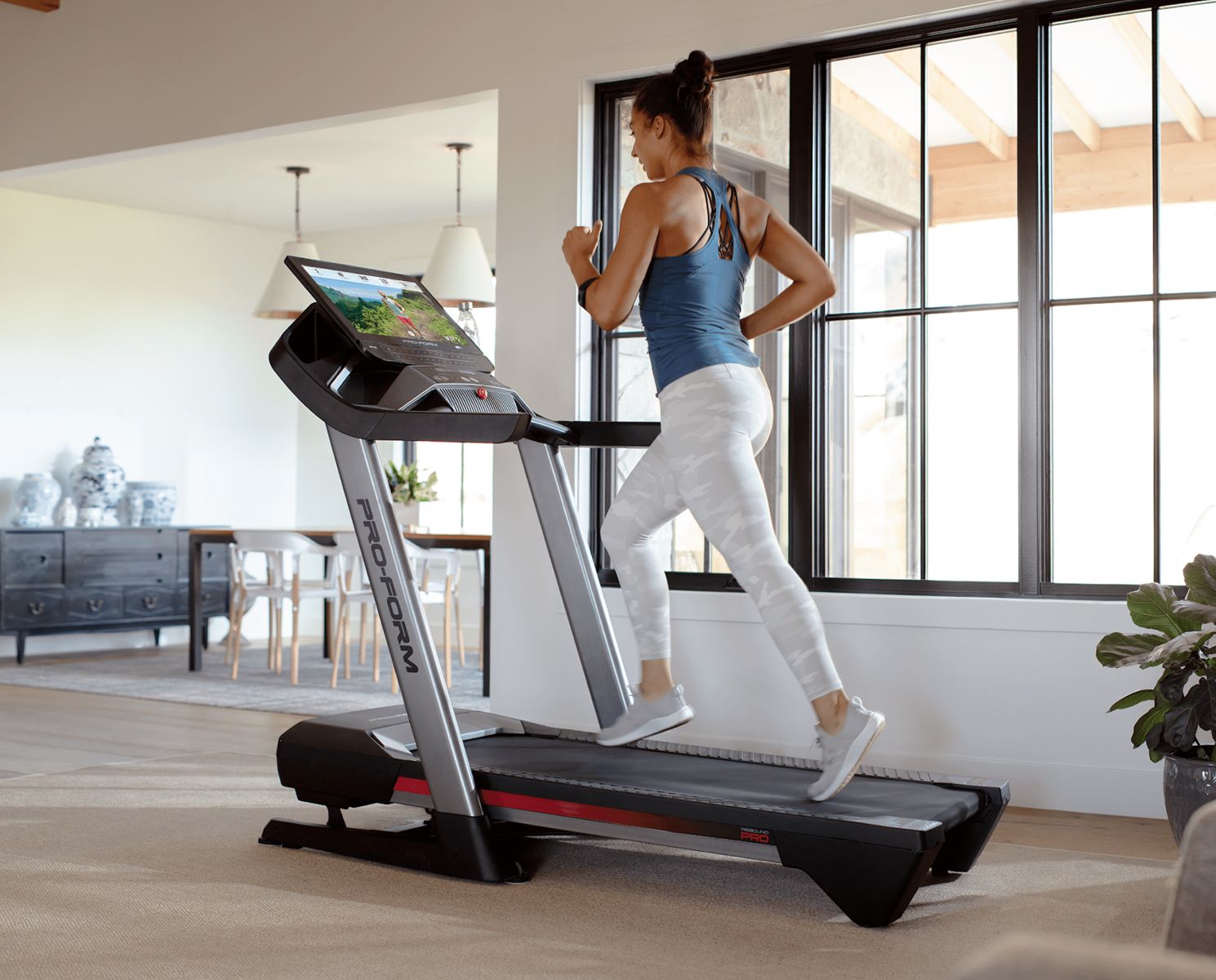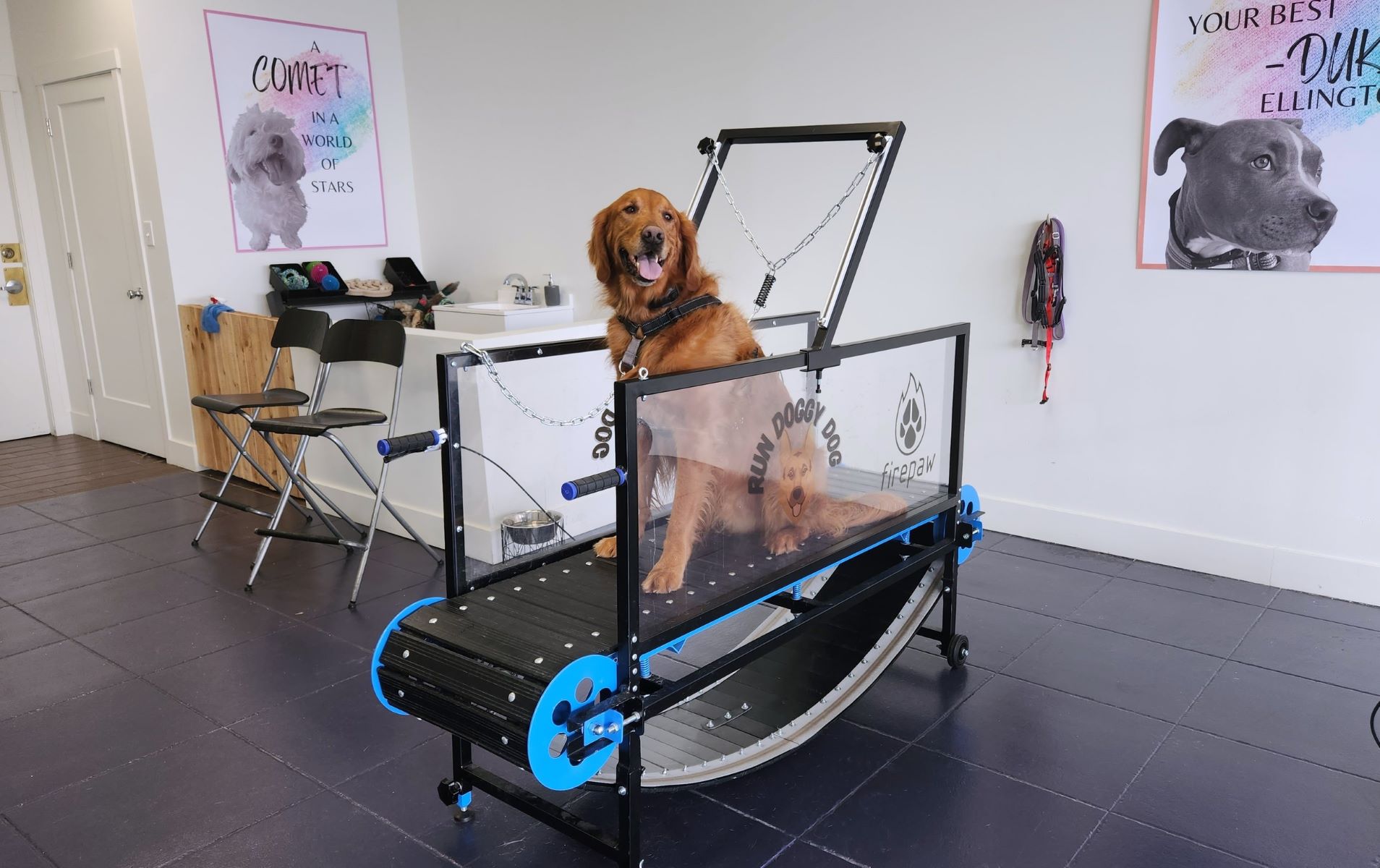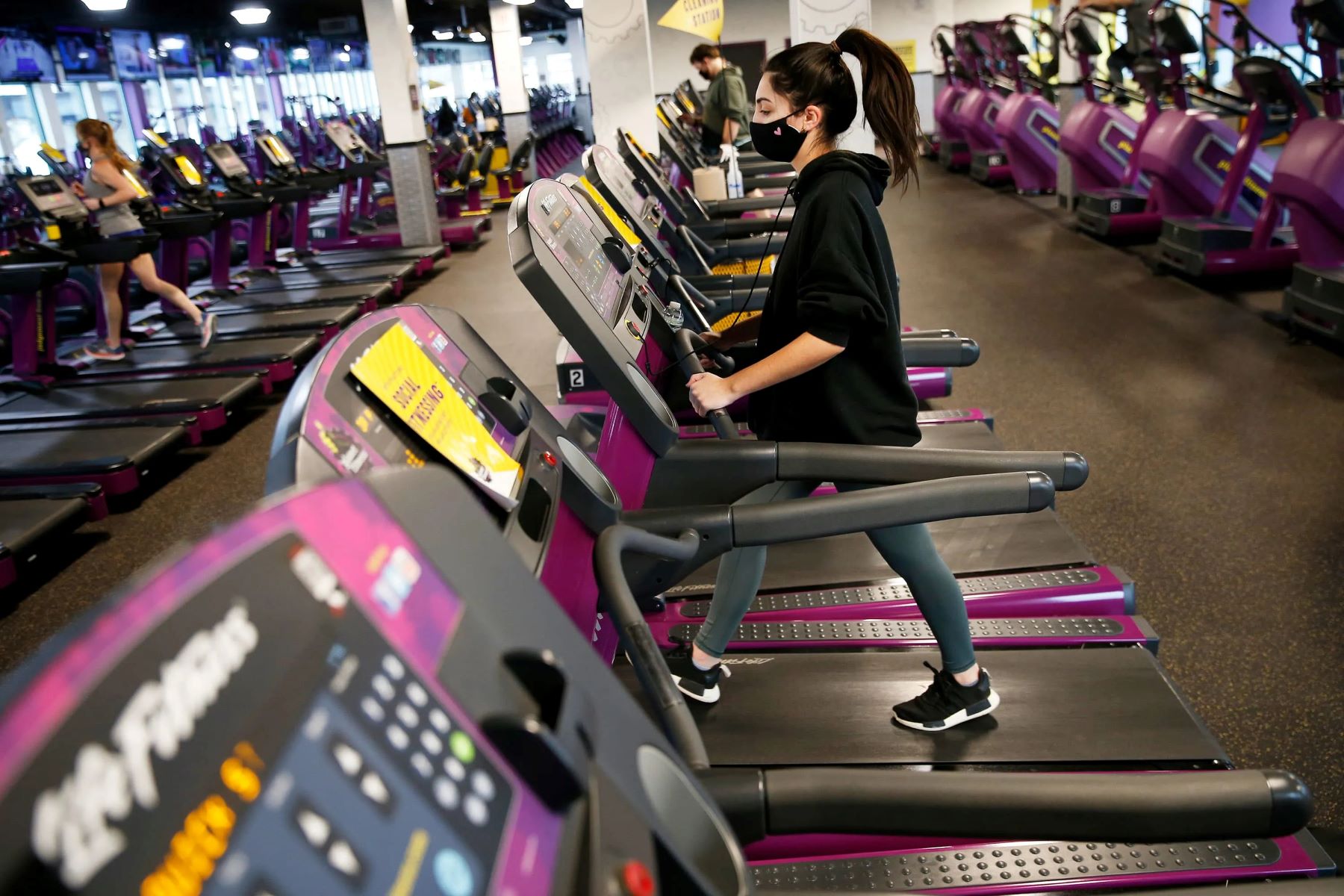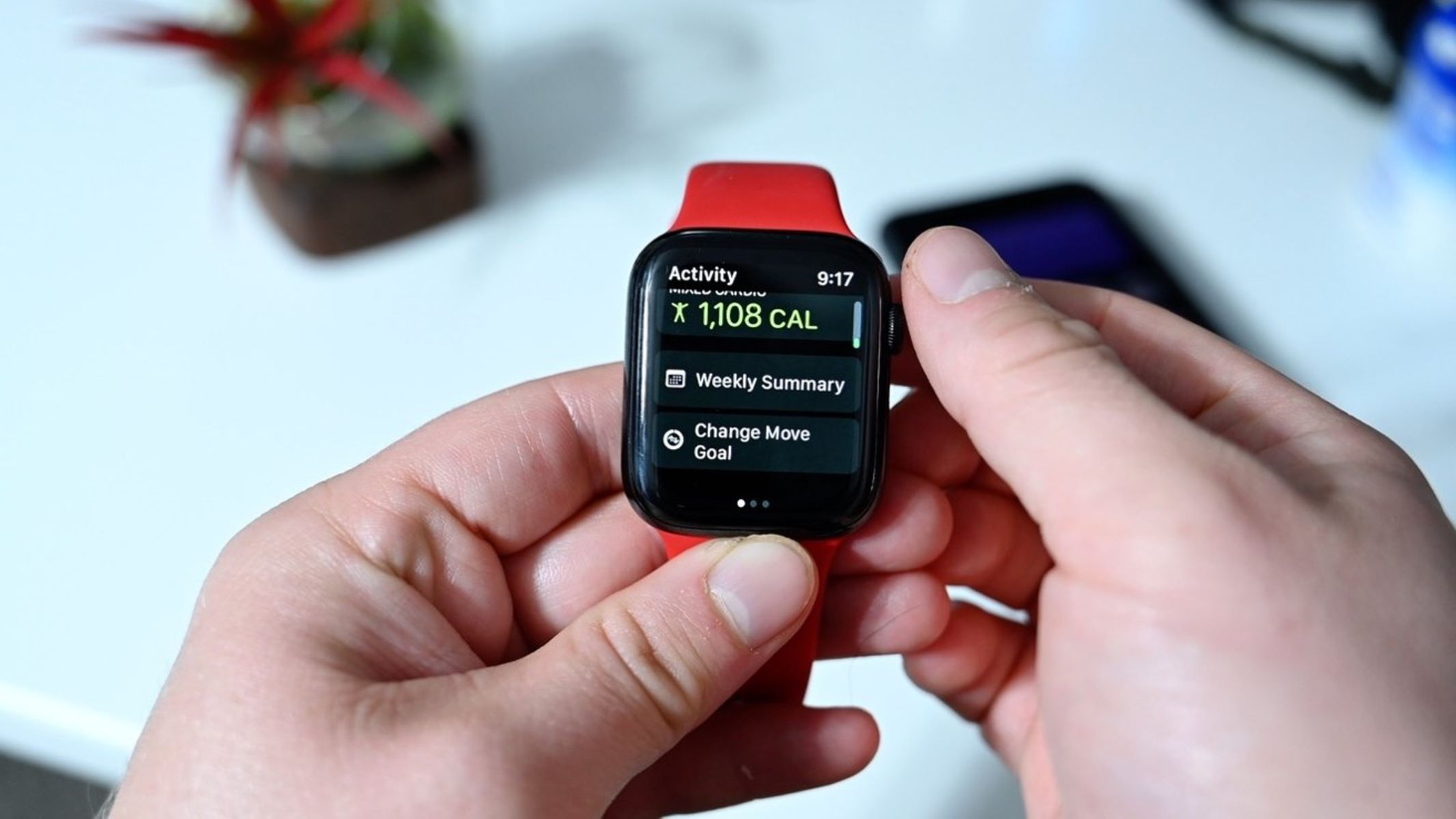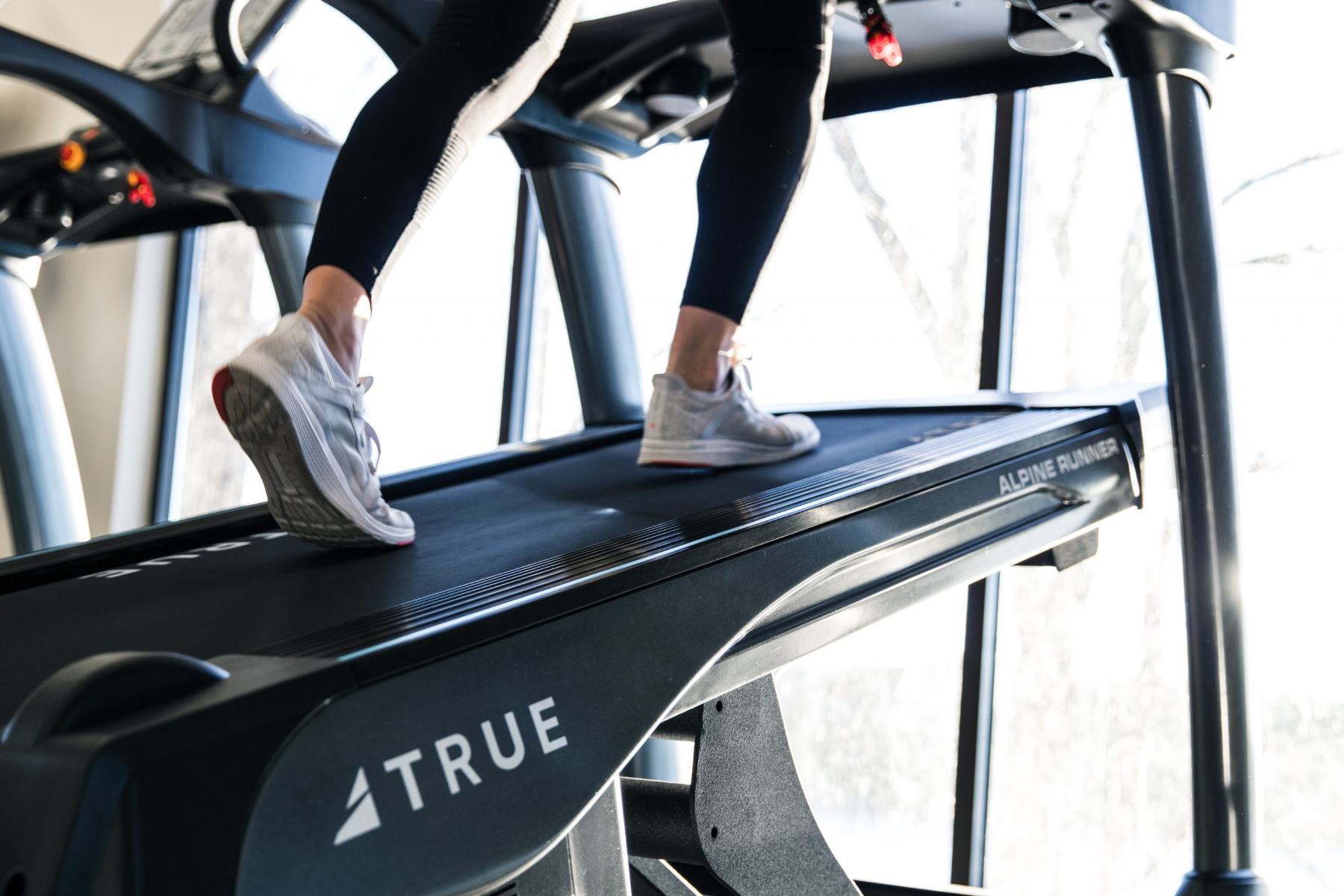

Featured
How To Fix Treadmill Incline
Modified: August 18, 2023
Discover how to fix the incline on your treadmill with our featured guide. Increase the functionality of your workout equipment and get back to enjoying the full benefits of your exercise routine
Introduction
Welcome to our guide on how to fix the incline of a treadmill. Treadmills are popular fitness equipment that provide a convenient way to stay active and achieve your fitness goals in the comfort of your own home. However, like any mechanical device, treadmills can experience issues over time, one of which is problems with the incline functionality.
The incline feature on a treadmill allows you to adjust the angle of the running surface, providing a more challenging workout and simulating walking or running uphill. When the incline mechanism malfunctions or becomes misaligned, it can prevent you from enjoying this essential feature.
Fortunately, many treadmill incline problems can be fixed without the need for professional assistance. In this guide, we will walk you through the steps to troubleshoot and resolve common issues you may encounter with your treadmill’s incline. Whether your treadmill’s incline is stuck, not responding, or unevenly positioned, we have got you covered. By following the suggested tips and procedures, you can get your treadmill back to its optimal performance and enjoy a smooth and effective workout experience.
Before we begin, it’s important to note that safety should always be a priority when working with any machinery. Make sure to unplug your treadmill and consult the user manual specific to your treadmill model before attempting any repairs or maintenance. In case you are unsure or uncomfortable with any step, it is recommended to reach out to a professional technician.
Now, without further ado, let’s dive into the common issues that you may encounter with your treadmill’s incline and how to fix them.
Common Issues with Treadmill Incline
When it comes to treadmill incline problems, there are several issues that treadmill users may encounter. Understanding these issues can help you identify the root cause and take the necessary steps to fix them. Here are some common problems that you may face with the incline function of your treadmill:
- Incline not responding: One of the most frustrating issues is when the incline feature is unresponsive. When you try to adjust the incline level, nothing happens, and the running surface remains flat. This can be caused by various factors such as a faulty incline motor, a disconnected power cable, or a malfunctioning control panel.
- Incline stuck in an inclined position: In some cases, the incline may get stuck in an inclined position and fail to adjust back to a flat surface. This can be caused by problems with the incline motor, misalignment of the lift mechanism, or issues with the control board.
- Incline uneven or slanted: Another common problem is when the incline adjusts unevenly or is slanted towards one side. This can cause discomfort during workouts and affect the accuracy of your incline settings. Uneven incline can be attributed to issues such as a misaligned lift mechanism, worn-out components, or a damaged incline motor.
- Incline overshooting or undershooting: Sometimes, the incline may overshoot or undershoot the desired level, making it challenging to achieve the desired workout intensity. This can be due to problems with the incline motor calibration or issues with the control panel.
- Grinding or clicking noise: If you notice unusual grinding or clicking noises when adjusting the incline, it could indicate a mechanical issue. This may be caused by worn-out components, misalignment of the lift mechanism, or a damaged incline motor.
These are just a few examples of the common issues you may encounter with your treadmill’s incline. It’s important to accurately diagnose the problem before attempting any repairs. In the next section, we will discuss the tools you will need to fix the treadmill incline issues and provide step-by-step instructions for troubleshooting and resolving these problems.
Tools Needed for Fixing Treadmill Incline
Before you begin fixing the incline issues of your treadmill, it’s essential to gather the necessary tools. Having the right tools at your disposal will make the troubleshooting and repair process much easier and more efficient. Here are the tools you will need:
- Screwdriver Set: A set of screwdrivers, including a Phillips and flat-head screwdriver, is essential for accessing various components of the treadmill, such as the console and motor cover.
- Hex Key Set: Most treadmills use hex screws for construction. Having a set of hex keys will allow you to loosen or tighten these screws when needed.
- Adjustable Wrench: An adjustable wrench is useful for tightening or loosening bolts and nuts on the treadmill. It offers versatility and can be adjusted to fit different sizes of fasteners.
- Socket Set: A socket set can come in handy for removing and replacing bolts and screws that are too tight for a standard wrench or screwdriver.
- Multimeter: A multimeter is an essential tool for diagnosing electrical issues. It enables you to measure voltage, continuity, and resistance, helping you identify any faulty electrical components.
- Lubricant: Lubricating the treadmill’s moving parts is crucial for smooth operation. Use a silicone-based lubricant recommended by the manufacturer to apply to the lift mechanism, pivot points, and belts.
- Clean Cloth: A clean cloth or rag will be useful for wiping away dirt, dust, or any excess lubricant during the maintenance process.
- User Manual: While not a physical tool, the user manual is an invaluable resource for troubleshooting and understanding the specific components and functions of your treadmill. Consult it for specific instructions related to your treadmill model.
By having these tools ready, you will be well-prepared to tackle the treadmill incline issues. Remember to follow safety precautions, such as unplugging the treadmill and wearing appropriate protective gear, while working on the machine. In the next section, we will guide you through a step-by-step process to fix common treadmill incline problems.
Step-by-Step Guide to Fix Treadmill Incline
Now that you have gathered the necessary tools, let’s dive into the step-by-step process of fixing the incline issues of your treadmill. Follow these instructions carefully to troubleshoot and resolve common problems:
- Safety First: Before starting any repairs, ensure that the treadmill is completely powered off and unplugged from the electrical outlet. This will prevent any accidental electrical shocks during the troubleshooting process.
- Access the Incline Motor: Depending on your treadmill model, you may need to remove the motor cover or console to access the incline motor and the lift mechanism. Consult your user manual for specific instructions on how to remove these parts.
- Inspect for Obstructions: Once you have access to the incline motor and mechanism, thoroughly inspect the area for any obstructions. Dust, debris, or foreign objects can impede the movement of the incline motor. Remove any obstructions with a clean cloth or brush.
- Check the Wiring Connections: Inspect the wiring connections of the incline motor. Ensure that all wires are securely connected and aren’t damaged or loose. If you find any loose or damaged wires, reconnect or replace them as necessary.
- Calibrate the Incline Motor: Some treadmills have a calibration process for the incline motor. Consult your user manual to determine if your treadmill has this feature and follow the specific calibration instructions provided. Calibration can help realign the motor and fix issues with inaccurate or uneven incline adjustments.
- Reset the Incline Motor: If the incline is not responding or stuck, a simple reset of the incline motor may help. Look for the reset button on the motor or control panel and press it for a few seconds. This will reset the incline motor and often resolve minor issues.
- Inspect and Replace the Incline Motor: If the above steps don’t fix the incline issues and you suspect a faulty incline motor, you may need to replace it. Consult a professional technician or contact the treadmill manufacturer for guidance on finding and installing a new motor.
- Test the Incline Function: After performing the necessary repairs or adjustments, plug in the treadmill and turn it on. Test the incline function by adjusting the incline level using the control panel. Ensure that the incline adjusts smoothly and accurately.
Remember, each treadmill model may have unique features and specific instructions for troubleshooting and repair. Always consult your user manual for detailed instructions and contact the manufacturer or a professional technician if you are unsure or uncomfortable with any step.
In the next section, we will discuss another essential aspect of treadmill maintenance – adjusting the treadmill belt – which can affect the overall performance and function of your treadmill.
Adjusting the Treadmill Belt
In addition to fixing the incline issues, it’s important to regularly adjust the treadmill belt for optimal performance. A properly aligned and tensioned belt ensures a smooth and safe workout experience. Follow these steps to adjust the treadmill belt:
- Power Off the Treadmill: Before making any adjustments, turn off the treadmill and unplug it from the power source to prevent any accidental injuries.
- Locate the Belt Adjustment Bolts: Depending on your treadmill model, the belt adjustment bolts can be found at the rear or front of the machine. Consult your user manual to identify the precise location.
- Start with Belt Tension: Using the appropriate wrench or tool, tighten the belt tension bolts in small increments. Start by turning each bolt a quarter of a rotation clockwise. Gradually increase the tension until the belt can be lifted around 3 inches from the treadmill deck.
- Check for Proper Alignment: Once you have adjusted the tension, observe the alignment of the belt. It should be centered and running evenly along the treadmill deck. Adjust the belt alignment bolts as necessary to ensure proper alignment.
- Test the Belt: Plug in the treadmill, turn it on, and set it to a low speed. Gradually increase the speed and walk or run on the belt. Pay attention to any slipping, jerking, or rubbing noises. If you experience any issues, stop the treadmill and make further adjustments to the tension and alignment.
- Regular Maintenance: It’s important to regularly lubricate the treadmill belt to reduce friction and ensure smooth operation. Refer to your user manual for specific instructions on the type of lubricant recommended for your treadmill model.
Properly adjusting and maintaining the treadmill belt will not only enhance the performance of your treadmill but also prolong its lifespan. Regularly inspect the belt, checking for any signs of wear or fraying. Replace the belt if necessary or consult a professional technician for assistance.
In the next section, we will cover some troubleshooting steps for other common incline problems that you may encounter.
Checking and Calibrating the Incline Motor
When experiencing incline issues with your treadmill, it’s essential to check and calibrate the incline motor. This process can help realign the motor and resolve inaccuracies or problems with the incline adjustment. Follow these steps to check and calibrate the incline motor:
- Power Off the Treadmill: Ensure that the treadmill is completely powered off and unplugged from the electrical outlet before proceeding.
- Access the Incline Motor: Remove the motor cover or console according to your treadmill model’s specifications. This will expose the incline motor and control board.
- Inspect the Wiring Connections: Check the wiring connections of the incline motor and control board. Make sure all connections are secure, without any loose or damaged wires. Reconnect or replace any faulty wiring as needed.
- Check the Incline Sensor: Locate the incline sensor, usually located near the motor or lift mechanism. Ensure that it is in proper alignment and free from dirt or debris that may interfere with its operation. Clean the sensor if necessary.
- Calibrate the Incline Motor: Most treadmills have a calibration feature for the incline motor. Consult your user manual for specific instructions on how to initiate the calibration process. It typically involves pressing specific buttons or using a combination of keys to activate the calibration mode.
- Follow the Calibration Steps: Once the calibration mode is active, follow the instructions provided in your user manual. This usually involves using the incline controls to move the incline to the highest and lowest positions, allowing the motor to recalibrate itself and set the correct range of motion.
- Test the Incline Functionality: After completing the calibration process, plug in the treadmill and turn it on. Test the incline function by adjusting the incline level using the control panel. Ensure that the incline adjusts smoothly and accurately within the desired range.
Calibrating the incline motor can help resolve issues such as inaccurate incline adjustments, misalignment, or unresponsiveness. However, if the problems persist after calibration, it may indicate a more significant issue with the incline motor or control board. In such cases, it is recommended to consult a professional technician for further diagnosis and repair.
In the next section, we will explore other potential troubleshooting steps for common incline problems on your treadmill.
Troubleshooting Other Incline Problems
While we have covered some common incline issues and their solutions, there are other potential problems that you may encounter with your treadmill’s incline functionality. Here are a few additional troubleshooting steps to address these issues:
- Check for Loose Parts: Inspect the treadmill for any loose parts that may be affecting the incline mechanism. Tighten any loose bolts, screws, or nuts that you find. Loose parts can cause misalignment and hinder the proper functioning of the incline.
- Inspect Lift Mechanism: Examine the lift mechanism for any signs of damage, wear, or misalignment. Ensure that the lift arms or struts move smoothly and evenly. Clean any dirt or debris that could be hindering their operation.
- Examine Control Panel: If the incline isn’t responding or is behaving erratically, check the control panel for any signs of damage or malfunction. Inspect the buttons or touch screen for responsiveness and ensure they are clean and free from debris.
- Reset the Control Panel: Try resetting the control panel by turning off the treadmill and unplugging it from the power source. Leave it unplugged for a few minutes, and then plug it back in. Turn on the treadmill and test the incline function again. A reset can often resolve minor control panel issues.
- Consult the Manufacturer: If you have followed all the troubleshooting steps and the incline problems persist, it is recommended to contact the treadmill manufacturer’s customer support. They may provide additional guidance or suggest a professional technician to assess and repair the incline mechanism.
Keep in mind that these troubleshooting steps may vary depending on the make and model of your treadmill. Always refer to your user manual for specific instructions and consult the manufacturer if you need further assistance.
It’s important to prioritize regular maintenance to prevent future incline issues. Cleaning the treadmill, lubricating the moving parts, and checking for any signs of wear or damage are crucial for ensuring the longevity and optimal performance of your treadmill.
Now that you have equipped yourself with troubleshooting knowledge and maintenance tips, you are well-equipped to address various incline problems that may arise. By following these steps and exercising proper maintenance, you can enjoy a smooth and effective workout experience on your treadmill.
Recommended Maintenance for Treadmill Incline
Proper maintenance is essential to keep your treadmill incline in optimal condition and prevent future problems. Regular care and attention to the following maintenance tasks will help ensure the longevity and reliable performance of your treadmill:
- Cleaning: Regularly clean your treadmill, including the incline mechanism, control panel, and belt. Use a damp cloth to wipe away dirt, dust, and sweat. Avoid using abrasive cleaners or solvents that could damage the treadmill’s surfaces.
- Lubrication: Lubricating the treadmill incline mechanism is crucial for smooth operation. Refer to your user manual for the recommended lubricant type and application procedure. Apply the lubricant to the lift mechanism pivot points and any other areas specified by the manufacturer.
- Belt Tension Adjustment: Check the tension of the treadmill belt regularly. A loose or overly tight belt can affect the performance and cause premature wear. Follow the steps we discussed earlier to adjust the belt tension and alignment as needed.
- Inspect and Replace Parts: Periodically inspect the incline motor, lift mechanism, and other components for signs of wear or damage. Replace any worn-out or broken parts promptly to prevent further complications and avoid accidents during workouts.
- Keep the Area Clean: Maintain a clean and clutter-free environment around your treadmill. This includes keeping the area free from dust, pet hair, and any other debris that may interfere with the treadmill’s operation.
- Follow User Manual Guidelines: Refer to your treadmill’s user manual for specific maintenance guidelines provided by the manufacturer. These guidelines may include recommendations for belt replacement, motor inspection, and other maintenance tasks specific to your treadmill model.
- Professional Servicing: If you are unsure about performing certain maintenance tasks or encounter complex issues, it is advisable to seek professional servicing. A qualified technician can inspect and service your treadmill to ensure it is in optimal condition.
Regular maintenance will not only extend the lifespan of your treadmill but also enhance your workout experience by maintaining smooth and accurate incline adjustments. By incorporating these maintenance practices into your routine, you can prevent many incline problems and enjoy the full benefits of your treadmill for years to come.
Now that you have learned how to troubleshoot and maintain your treadmill incline, you are well-prepared to tackle any issues that may arise. Remember to prioritize safety and always consult the user manual or seek professional assistance when needed. Happy exercising!
Conclusion
In conclusion, maintaining a properly functioning incline feature on your treadmill is crucial for an effective and enjoyable workout experience. By troubleshooting and addressing common incline problems, you can keep your treadmill in optimal condition and avoid costly repairs or replacements. Remember to prioritize safety during any maintenance or repair tasks and consult the user manual or professional technicians when necessary.
We discussed various common issues that may affect treadmill inclines, such as unresponsiveness, uneven positioning, or misalignment. Through the step-by-step guide, we explored how to fix these problems, including checking wiring connections, calibrating the incline motor, and adjusting the treadmill belt. By following these instructions and utilizing the necessary tools, you can resolve many incline issues on your own.
Additionally, we highlighted the importance of regular maintenance to prevent incline problems. Regular cleaning, lubrication, and inspecting for wear or damage can significantly extend the lifespan of your treadmill and ensure its smooth operation. It’s also crucial to follow the manufacturer’s guidelines and recommendations for maintenance tasks specific to your treadmill model.
Lastly, if you encounter complex issues or feel unsure about performing certain maintenance tasks, don’t hesitate to seek professional assistance. An experienced technician can provide further diagnosis, repair, or servicing to keep your treadmill in optimal condition.
By following the advice and guidelines presented in this article, you can effectively troubleshoot and maintain your treadmill incline, allowing for a seamless and effective workout experience for years to come.


